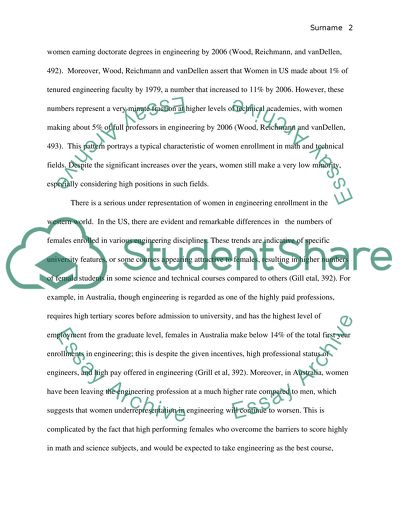Cite this document
(“Women in mathematics,Science,and Engineering Essay - 1”, n.d.)
Women in mathematics,Science,and Engineering Essay - 1. Retrieved from https://studentshare.org/engineering-and-construction/1477399-women-in-mathematicsscienceand-engineering
Women in mathematics,Science,and Engineering Essay - 1. Retrieved from https://studentshare.org/engineering-and-construction/1477399-women-in-mathematicsscienceand-engineering
(Women in mathematics,Science,and Engineering Essay - 1)
Women in mathematics,Science,and Engineering Essay - 1. https://studentshare.org/engineering-and-construction/1477399-women-in-mathematicsscienceand-engineering.
Women in mathematics,Science,and Engineering Essay - 1. https://studentshare.org/engineering-and-construction/1477399-women-in-mathematicsscienceand-engineering.
“Women in mathematics,Science,and Engineering Essay - 1”, n.d. https://studentshare.org/engineering-and-construction/1477399-women-in-mathematicsscienceand-engineering.


